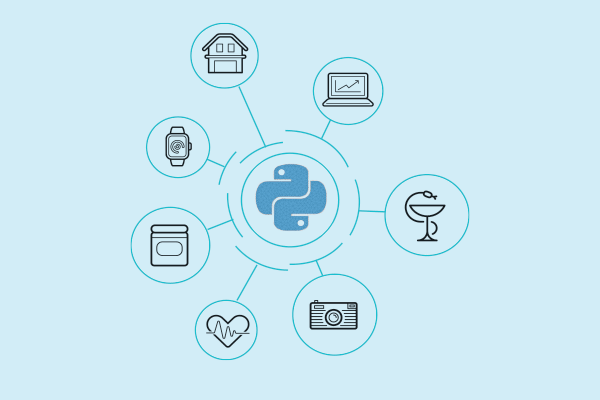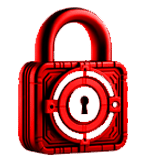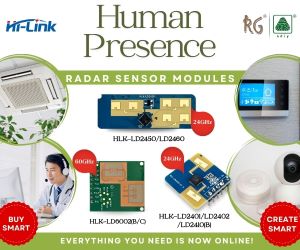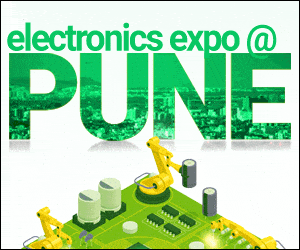Python’s strength lies in its English-like syntax, the nimble MicroPython, and an extensive library of modules. It’s a great tool for prototyping, developing, and operating various IoT devices.

IoT, or the Internet of Things, is a technology we encounter daily. It encompasses various applications, including automatic lights controls based on presence, fan speed and AC temperature adjustments according to outdoor climate conditions, self-driving vehicles, surveillance and security systems, smart electricity meters that send monthly bills directly to your email, production lines, real-time health monitoring, and more.
IoT is defined as a network of electronic devices equipped with sensors, actuators, or accessories that possess processing capabilities through software. These devices can connect, control, and exchange data with other systems over the internet or other communication networks in real time, enhancing decision making processes.
Why Python
Python is widely used in IoT due to its simplicity and versatility. Here are some key reasons for its popularity.
Easy to learn and use
Python’s syntax is simple, like the English language. Also, there is a lighter version of Python, called MicroPython, which makes it a great fit for small computing resources. MicroPython is a lean and efficient Python 3 programming language implementation that includes a small part of the Python standard library, and is optimised to work on microcontrollers and in limited contexts.
Cross-platform compatibility
Python can run on multiple operating systems such as Linux, Windows, MacOS, or Raspberry Pi ensuring compatibility. In most cases, Python is preinstalled.
Existing large community
Python boasts a substantial user community actively contributing to the development of tools and support for IoT advancements.
Interoperability
Python seamlesslyintegrates with other languages and protocols like MQTT, HTTP, BLE, and more.
Scalability
Python’s modular architecture suits both large- and small-scale IoT applications.
Extensive library support
Python offers a vast array of tools for machine learning, deep learning, data intensive applications, data analysis, data inference, visualisation, and more. Its huge set of development libraries, tools, and frameworks makes development faster and compatible with IoT.
Open source
Python is an open source framework, readily available for download at no cost.
Using Python for IoT
Python offers various modules for IoT programming, facilitating development at various stages. Let us explore around 30 modules that assist in IoT development.
IoT devices
Arduino and Raspberry Pi are the two most popular controller boards for hardware projects.
Raspberry Pi
- MicroPython is a full Python 3 implementation that works directly on embedded hardware such as the Raspberry Pi Pico.
- It provides an interactive prompt (the REPL) and a built-in file system, as well as the ability to run commands directly through USB serial.
- MicroPython’s Pico port offers modules for interacting with low-level chip-specific hardware.
- Detailed documentation can be found at this link.
Arduino
- Arduino is an open source platform comprising hardware and software, allowing quick production of interactive electronics projects.
- Arduino employs its own programming language, akin to C++; however, for applications that require integration with sensors and other physical devices, Arduino can be used with Python.
- The Firmata protocol is the standard method to control Arduino from PC. It enables serial communication with microcontrollers from software on a host computer, allowing it to receive digital and analogue inputs and transmit data to digital and analogue outputs.
- To get started with Arduino and Python, visit this website.
IoT system and sensors interaction








